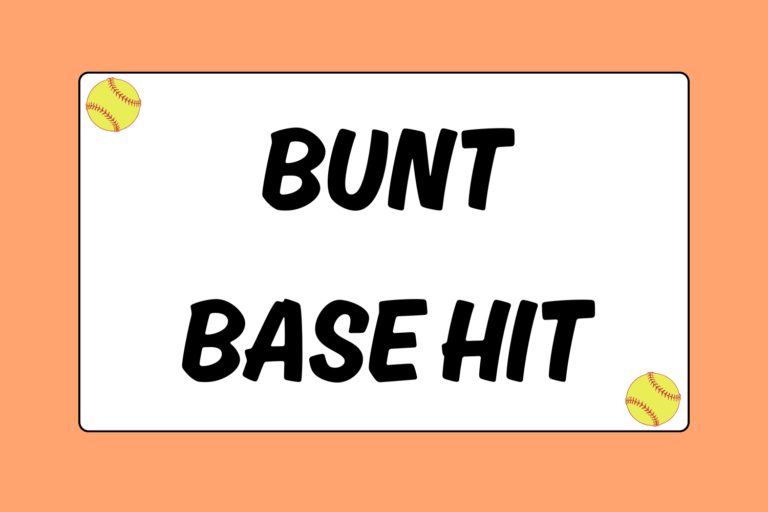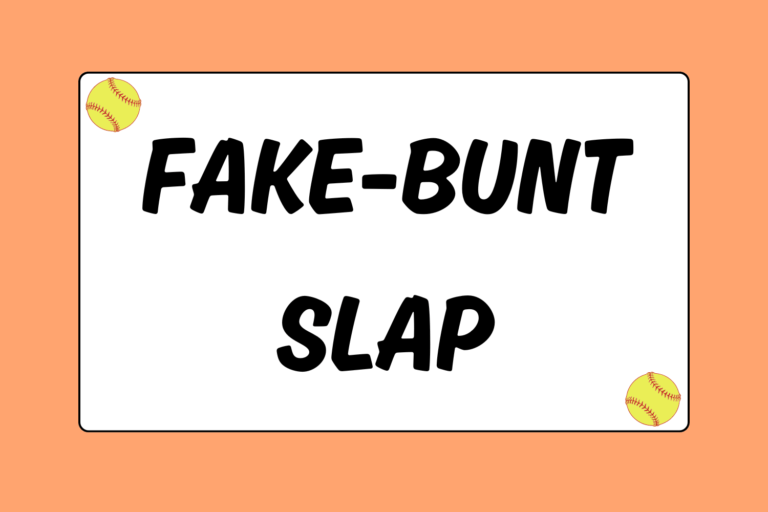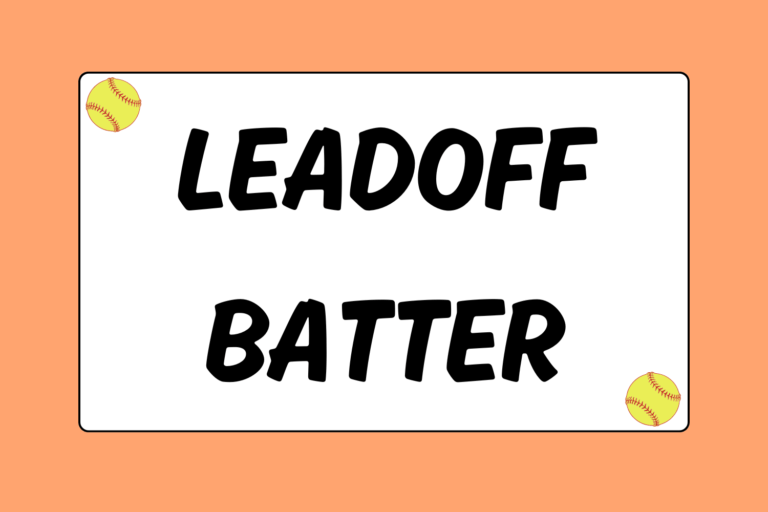For beginner softball players who aren’t comfortable with inside pitches, the first instinct might be to jump out of the way when one is thrown. But as with all things softball, confidence comes with experience and knowledge. If you never learn how to hit the inside pitch, you won’t ever overcome the fear of standing there when the pitch is being thrown right at you. With this softball guide, you will learn everything you need to know about how to hit an inside pitch.
Contact Point
The first thing you need to know about hitting the inside pitch is where to hit it:
- If you were squared to the plate, you would hit the pitch on the inside corner.
- If you were deeper in the box, you would still hit the pitch in front of your front hip.
Essentially, you want to hit an inside pitch in front of your front hip.
How to Hit It
Now that you know where to hit the pitch, below are the simple steps you’ll take to make solid contact:
- Start your swing earlier: Because you have to turn on an inside pitch earlier, make sure to start your hips earlier than you would for a down-the-middle pitch. The actual timing depends on the pitcher’s speed, so make sure you time the pitcher correctly while you are in the on-deck circle.
- Once your hips start, your hands go: Your hips start your swing, so once your hips start opening, start throwing your hands at the ball and pivoting your back foot.
- Stay along an inside path to the ball: Remember, you throw your hands at the pitch — not the pitcher — for an inside pitch. Keep your hands close to your body and make sure they follow along an inside path to the ball. At contact your hands should be fully extended in front of you with your hips squared to the ball.
- Follow through high, chest up: After contact, follow through with your hands high and make sure your chest is facing upward.
Hot Tip: Do Not Pull the Ball Early
There is a difference between lifting your chest upward during your follow-through and doing so before contact. Trying to lift your chest upward before contact will cause you to open your front shoulder and your head off the ball. Make sure you lift your chest after contact, keeping your front shoulder in during your swing. And, most importantly, keep your head down and eyes on the ball!
Tips
Now that you know how to hit the inside pitch, here are a few tips to help with the mental side of it. Mental preparation is, after all, just as important as physical preparation:
- Turn on an inside pitch earlier.
- Do not swing too late. This will cause you to jam your hands and you won’t get full extension.
- Do not pull your head. Your front shoulder will naturally open during your follow-through, but you cannot open your front shoulder or pull your head off the ball before contact. Doing this can cause you to miss the ball entirely.
- Do not cast. Throwing your hands outward, instead of keeping them along an inside path to the ball, will result in a weak hit off your handle or worse, a missed pitch.
Perfect Practice Makes Perfect
The best thing you can do to develop good habits for hitting the inside pitch is to practice off a tee. If you use a tee, make sure you set up as if you were waiting for a down-the- middle pitch. Don’t cheat your body positioning because in a game, you won’t know when the pitcher is going to throw an inside pitch. All of your hits should go to left field (unless you are a left-handed batter, then your hits should go to right field).
If you have limited space and need to hit into a net, you can still use a tee. Simply turn the tee to the right and set up against it as if it were home plate (don’t worry about where the net is; it’s not supposed to be where the pitcher is). Your front hip should face the net. With every swing, your hit should go right into the net. In no time, you’ll not only be challenging the pitcher to throw inside, but you might even find yourself crowding the plate!





